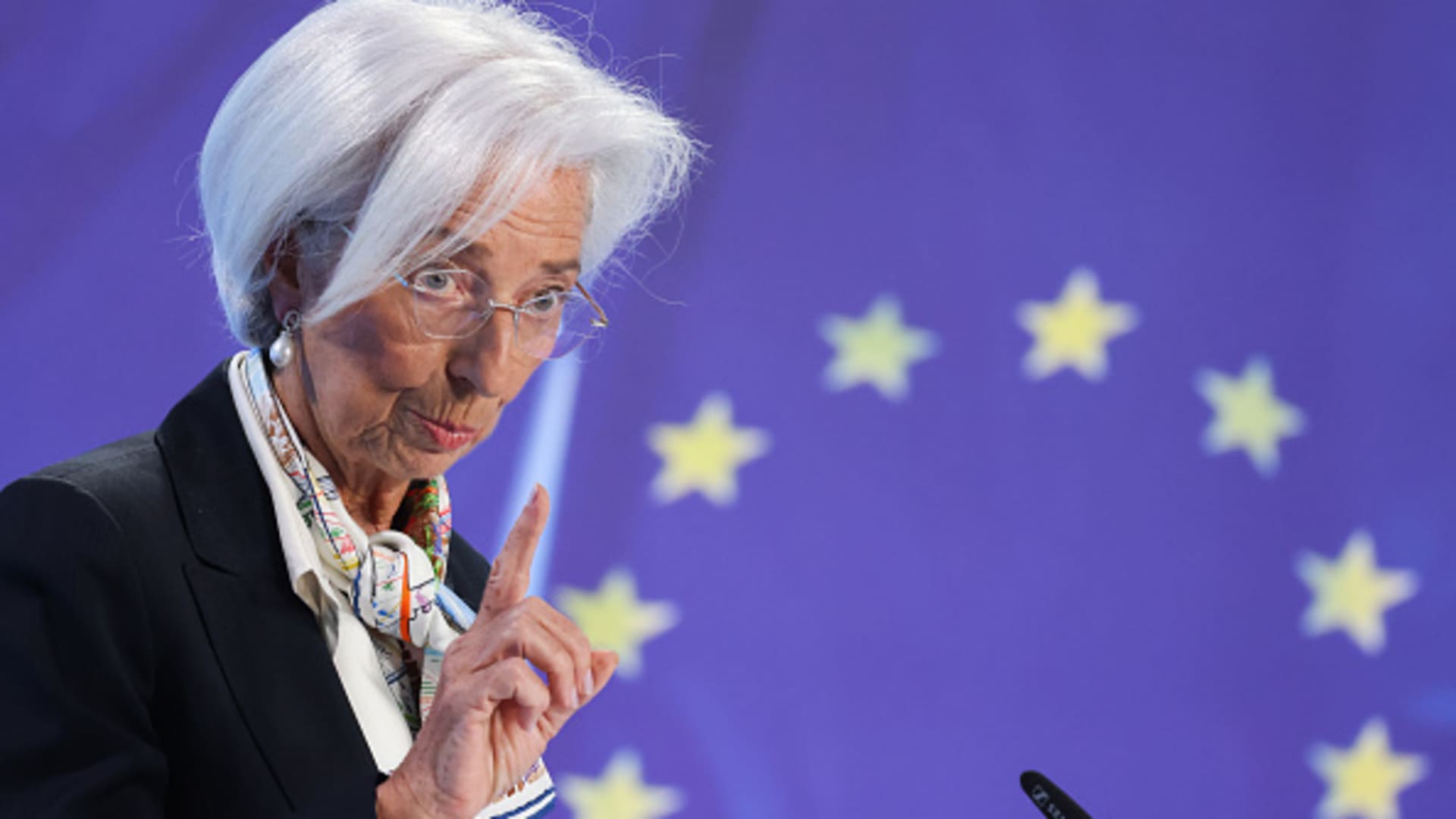The consumer price index posted no increase in May as inflation slightly eased its stubborn grip on the U.S. economy, the Labor Department reported Wednesday.
The CPI, a broad indicator of inflation that measures a basket of costs of goods and services across the U.S. economy, was flat for the month, although it rose 3.3% from a year earlier, according to the department’s Bureau of Labor Statistics.
Economists surveyed by Dow Jones had expected a monthly gain of 0.1% and an annual rate of 3.4%. The monthly rate rose 0.3% in April, while the annual rate was 3.3%.
Excluding fluctuating food and energy prices, core CPI rose 0.2% month-on-month and 3.4% year-on-year, compared with corresponding estimates of 0.3% and 3.5%, respectively.
Following the report, stock market futures rose while Treasury yields fell. The Dow Jones Industrial Average rose about 250 points in morning trading, while the 10-year Treasury yield fell to 4.27%, down nearly 0.14 percentage points.
Although overall inflation figures were lower across both headline and core metrics, lodging inflation rose 0.4% month-on-month, 5.4% higher than a year ago. The housing-related numbers have been a sticking point in the Federal Reserve’s inflation battle and account for a large portion of the CPI weighting.
However, the price increase was limited by a 2% drop in the energy index and a rise in food products of just 0.1%. Within the energy component, gas prices fell by 3.6%. Another pesky component of inflation, auto insurance, posted a monthly decline of 0.1% but was still up more than 20% on an annual basis.
“Finally, there were some positive surprises as both headline and core inflation beat forecasts,” said Robert Frick, corporate economist at Navy Federal Credit Union. “There has been relief at the pump, but unfortunately the cost of homes and apartments continues to rise and remains the main cause of inflation. Unless housing costs begin their long-awaited decline, we will not see a major decline in the CPI.”
The release comes at an important time for the economy as the Federal Reserve weighs its next steps in monetary policy, which will be heavily influenced by inflation trends.
Later on Wednesday, the Federal Open Market Committee, which sets interest rates, will wrap up its two-day monetary policy meeting. Markets generally expect the Fed to keep its target federal funds rate in a range of 5.25% to 5.50%, but will be looking for clues as to which direction the central bank is moving.
Following the CPI release, futures traders raised the odds of a Fed rate cut in September, which would be the first downward move since the early days of the Covid pandemic.
According to CME Group’s FedWatch gauge, the market-implied probability of a tapering in September was about 73%, up from about 53% the day before. The odds of a second cut in December rose to about 72%, from about 50-50 on Tuesday.
However, the market outlook has been volatile and Fed officials have stressed that they need more than a month or two of positive data before easing monetary policy.
“To bring inflation down, we need three more months of very benign inflation data,” said Joseph LaVorgna, chief economist at SMBC Nikko Securities. “If they start easing or talk about further easing, I think they will complicate their own goals of getting inflation back to 2%.”
Persistent inflation has been kept in check by the Fed since its last rate hike in July 2023. At the March meeting, FOMC members indicated that they could likely cut rates three times this year by a total of 0.75 percentage points, but that is expected to change to either two or even just one reduction.
In addition, committee members will update their forecasts for gross domestic product growth as well as inflation and unemployment, all of which could be affected by the CPI numbers. Economists expect the Fed to raise its inflation forecasts and lower the outlook for broad economic growth reflected in GDP.
Even though the Fed doesn’t use the CPI as its main indicator of inflation, it is still included in the calculation. Policymakers are focusing more on the Commerce Department’s Personal Consumption Expenditure Price Index, a broader measure that takes into account changes in consumer behavior.
Don’t miss these exclusives from CNBC PRO
Source link
2024-06-12 14:38:02
www.cnbc.com















